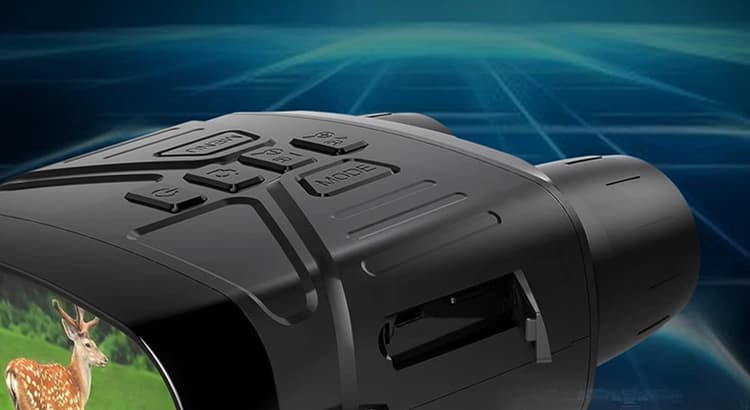Night vision binoculars, designed to unveil the mysteries of the night, have become essential tools for enthusiasts engaged in stargazing, wildlife observation, and nocturnal exploration.
As interest in these optical marvels continues to grow, a central question emerges: How far can night vision binoculars see?
This exploration delves into the intricacies of night vision technology, factors influencing visibility, generational advancements, and real-world considerations to demystify the range of night vision binoculars.
Understanding Night Vision Technology
Night vision binoculars operate on the principle of amplifying ambient light, allowing users to see in low-light conditions.
Generations of night vision technology, categorized as Gen 1, Gen 2, and Gen 3, showcase advancements in light amplification and image quality.
In scenarios of total darkness, many devices incorporate infrared illumination to enhance visibility beyond the spectrum of visible light.
Factors Influencing Visibility
The visibility of night vision binoculars is influenced by various factors, including ambient light conditions, magnification, objective lens size, and the power of infrared illumination.
The delicate balance between these elements determines the effective range of the binoculars in different environments.
Real-World Performance
Night vision binoculars excel in low-light conditions, providing clear sight during dusk, dawn, and moonlit nights.
However, challenges arise in scenarios of total darkness where the absence of ambient light poses limitations.
The real-world performance varies based on the specific conditions and features of the device.
Generational Differences in Range
Evaluating the range of night vision binoculars involves understanding the differences between generations.
Higher generations, such as Gen 2 and Gen 3, offer improved performance, increased light amplification, and extended visibility.
However, users must consider the trade-offs between cost and range when selecting a generation.
Applications and Intended Use
Tailoring night vision binoculars to specific needs is crucial.
Whether for night sky observation, wildlife exploration, or security applications, users must balance magnification, field of view, and the intended use of the binoculars to achieve optimal performance.
Technological Advancements
Modern night vision binoculars integrate digital features to enhance their capabilities.
Smart features like rangefinding and video recording contribute to a more immersive and technologically advanced nocturnal experience, expanding the traditional boundaries of optical observation.
User Considerations
Assessing individual requirements and expectations is key when choosing night vision binoculars.
Reviews and user feedback provide valuable insights into the real-world performance of specific models, helping users make informed decisions aligned with their preferences.
Conclusion
In conclusion, the range of night vision binoculars is a multifaceted aspect influenced by technological advancements, environmental conditions, and user considerations.
As technology continues to evolve, users can expect further enhancements in night vision capabilities, opening new possibilities for nocturnal exploration.
The key lies in making informed decisions, aligning expectations, and embracing the evolving landscape of night vision technology for a captivating journey into the night.





